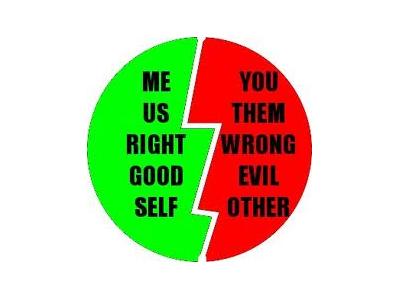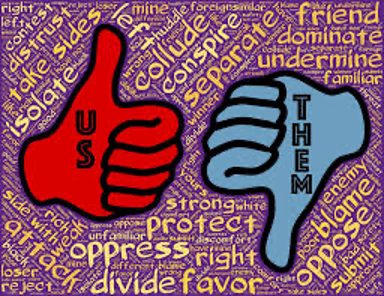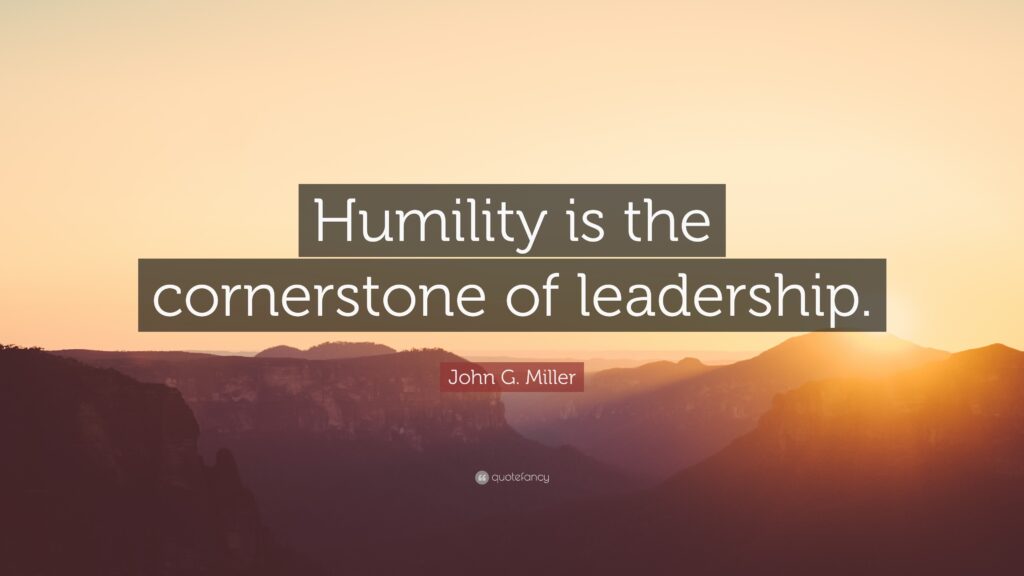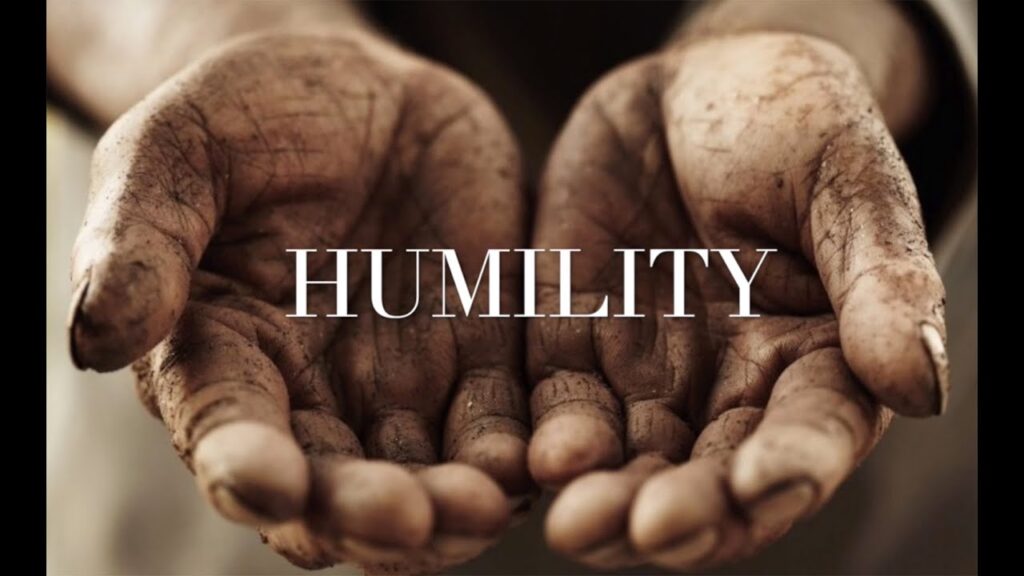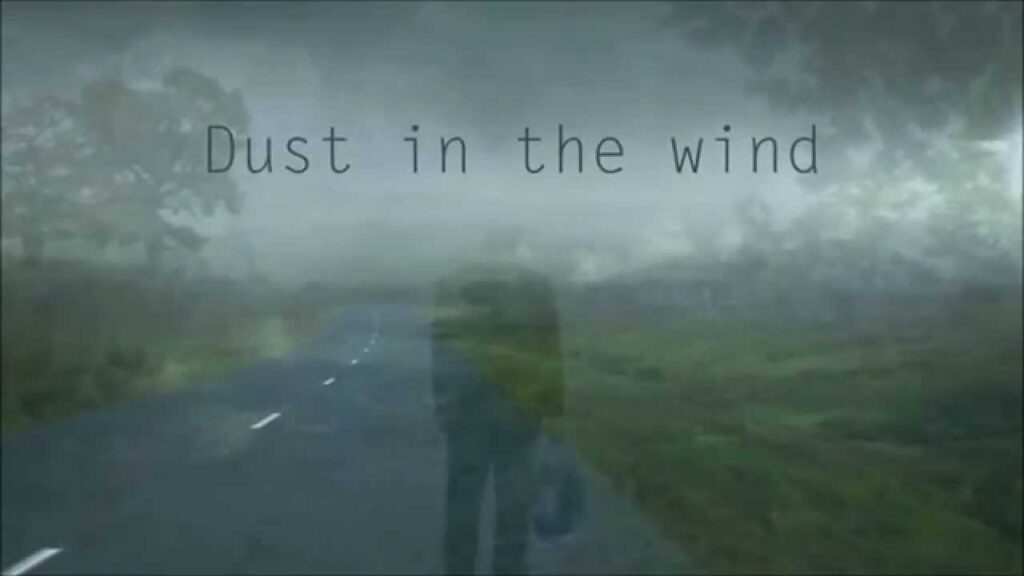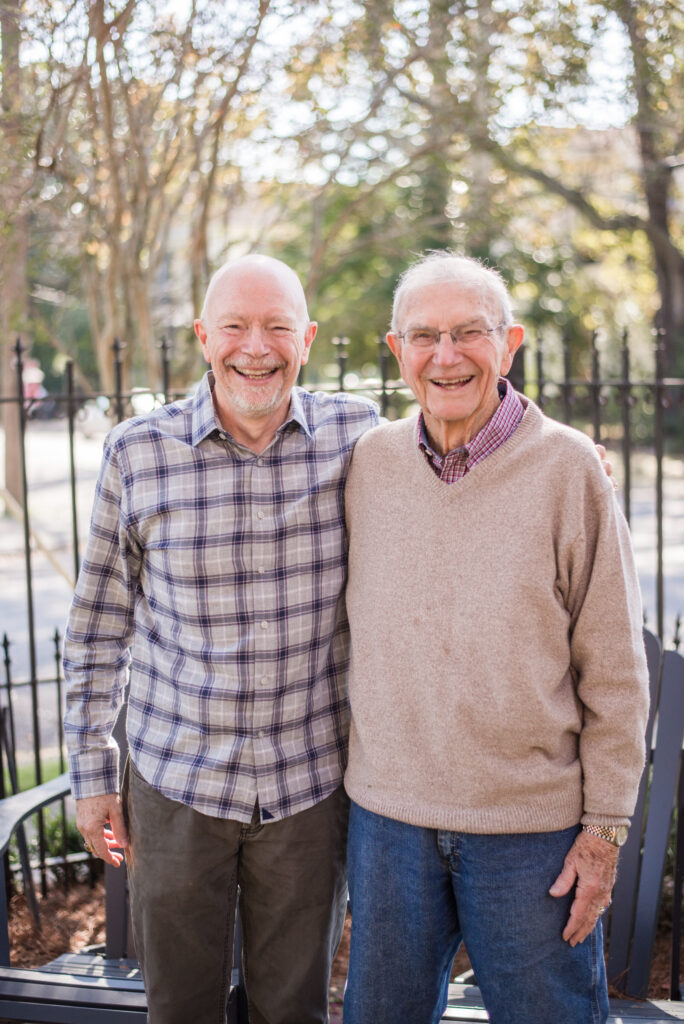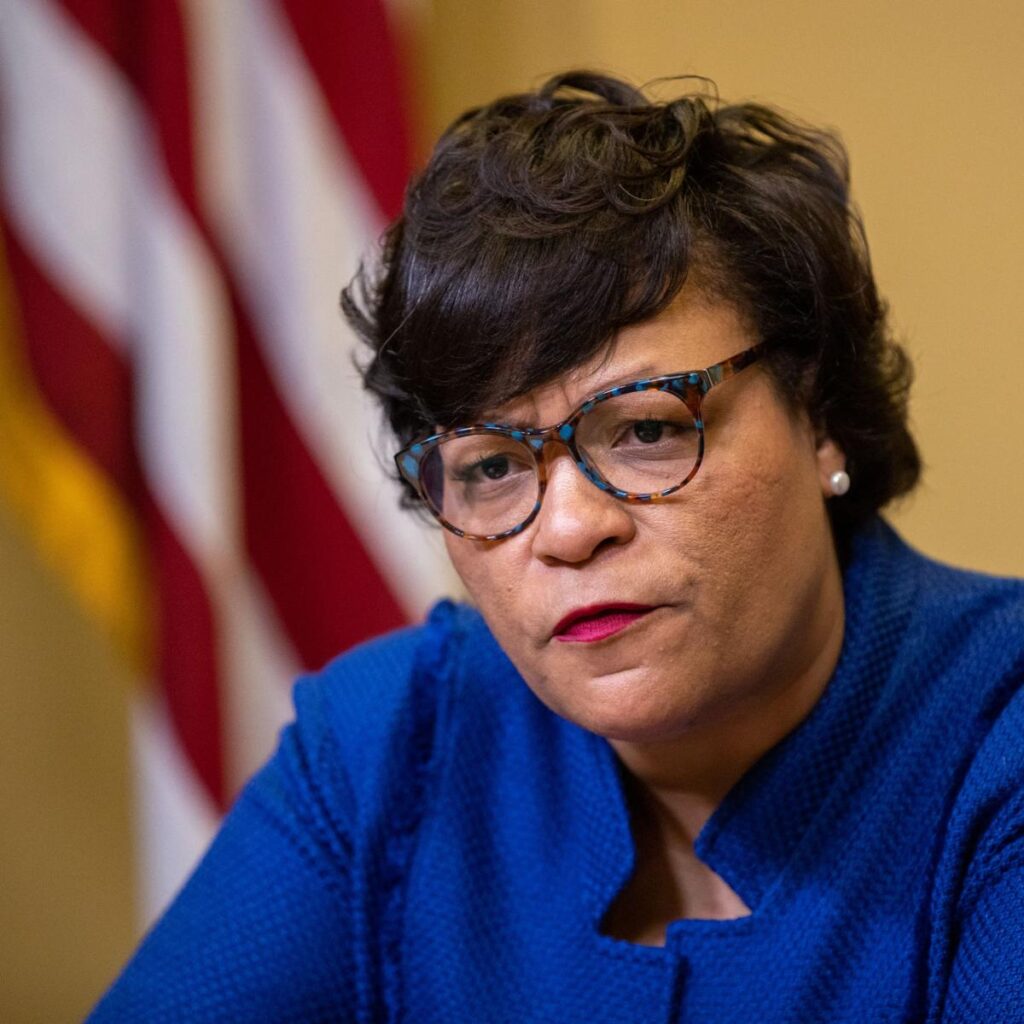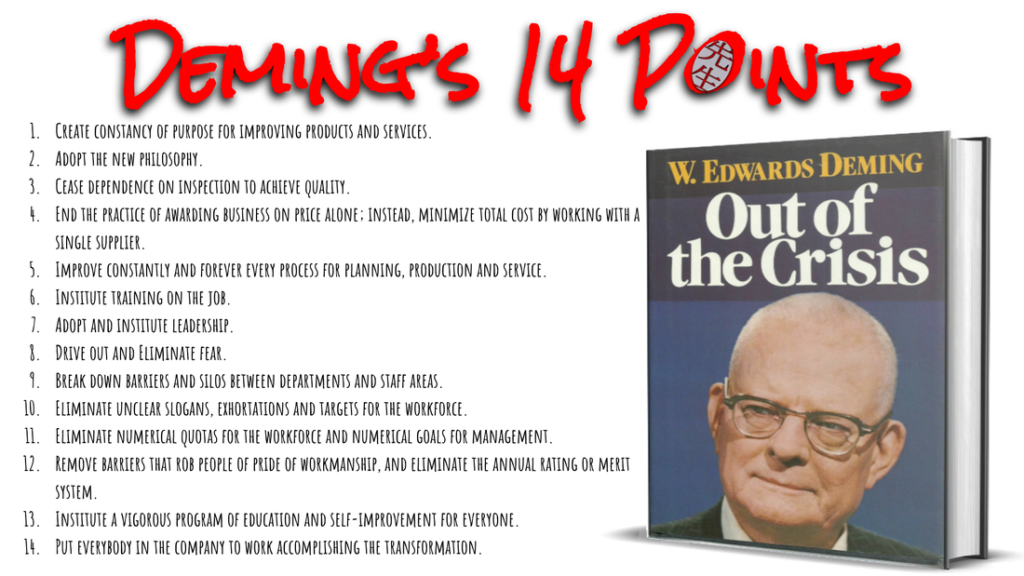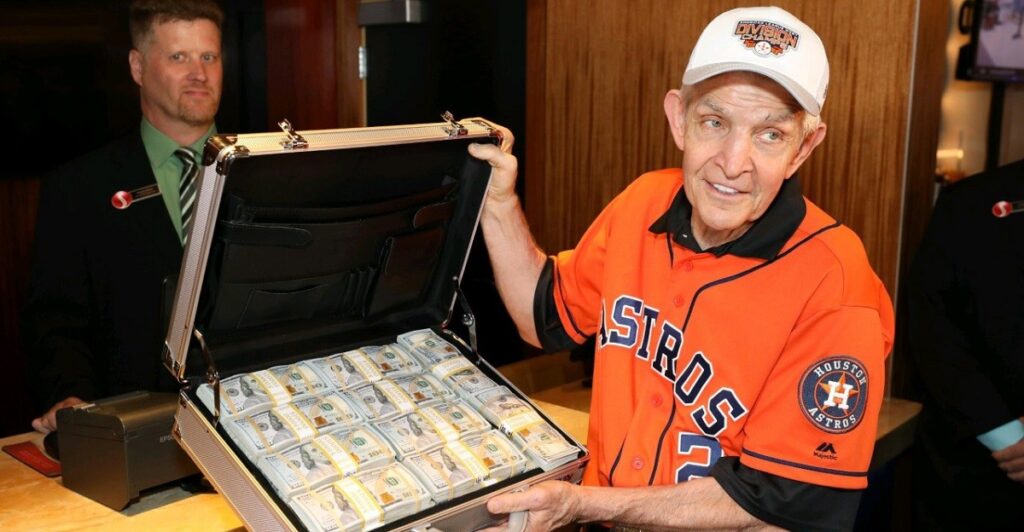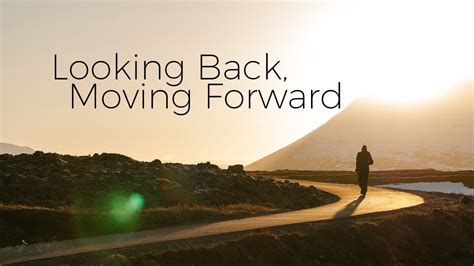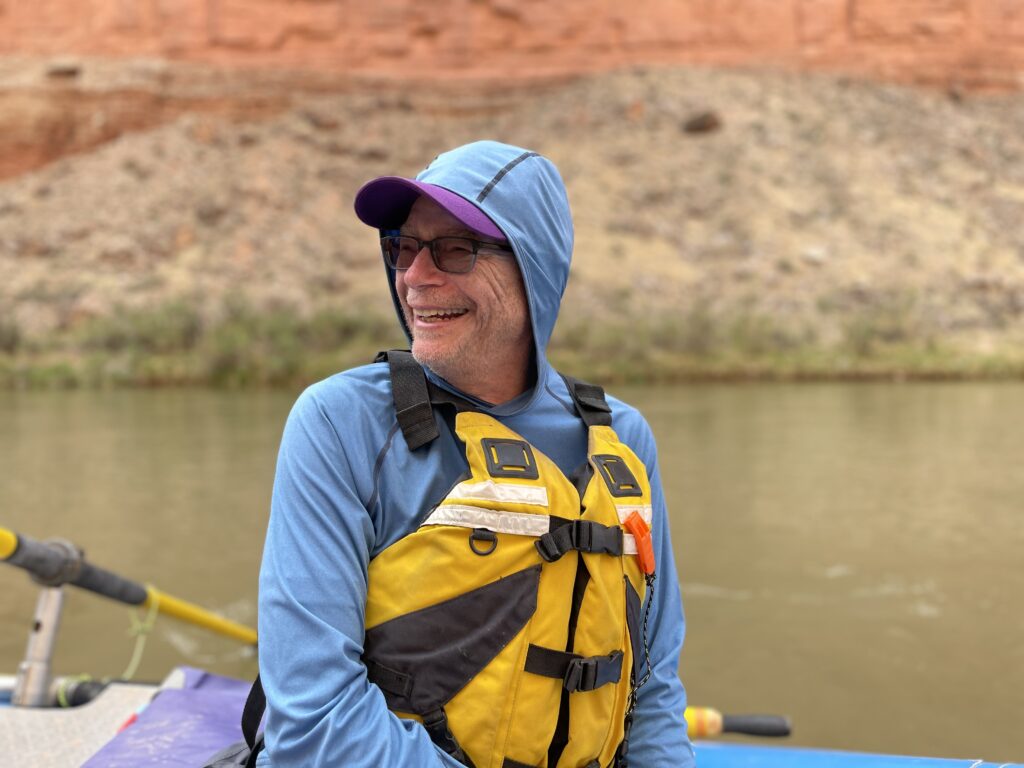(2024-01)
While one would think helping a neighbor in their time of need is always the right thing to do, it can sometimes come with surprises. Othe story of our surprise is still the source of laughter in my family many years later. In 1967, I was in fourth grade living in a small town in Oklahoma when I took part in my parents’ support for a neighbor. One of my friends, Pat, lived down the street from me. Pat’s mother passed away a week before Christmas. Pat had a younger brother named Hobie Mike, who was five years old at the time. My parents offered to keep Pat and Hobie Mike over the weekend so their father could handle the funeral arrangements. On Saturday, my father decided to take the three of us with him to work.
At that time, Dad was a drilling fluids engineer. His job entailed going to the rig site, checking the status of the drilling fluids, and adjusting them to meet the requirements of the drilling team. I always enjoyed going with Dad and had been numerous times. We had a rhythm that worked well for both of us. Dad had only two rules for me. I was to never go under the rig floor, where the blowout preventer was located, and I was prohibited from climbing up the derrick. I could go on the rig floor, but only if the driller or tool pusher was aware of my presence and allowed it. I also knew to come running when Dad blew the horn of his company car.
This Saturday, we were to visit the rig located outside the town of Cordell, Oklahoma which was drilling an exceptionally deep well. The rig occupied this site for over a year, so I had been there many times. I was looking forward to showing Pat and Hobie Mike around. Here is an aerial photo of this rig.

We arrived at the rig site and we went into Dad’s company trailer with him. He sat us down and told them that I knew the rules and that we were to stay clean and not get dirty. The three of us went on our way exploring the area.
You can notice that at this location, there were at least three reserve pits. Reserve pits are commonly used in onshore drilling (see https://glossary.slb.com/en/terms/r/reserve_pit for background).
It was cold this December Saturday, and there was a thin layer of ice over portions of the reserve pits. This drew our attention immediately. The reserve pits were one of the places I explored on my rounds. Pat and I found two long sticks and poked holes in the ice. We also threw rocks and clay clods on the ice while on a berm between two pits. Pat and I heard a crack, turned around and saw that Hobie Mike was in the wastewater. He tried to walk on the ice and fell in! Fortunately, Pat and I were able to rescue him with our long sticks.
I was severely panicked, as we had violated Dad’s one admonition – to not get dirty! We ran back to Dad’s trailer. Dad cleaned Hobie Mike up well (there was a shower in the trailer) and dressed him in a spare pair of coveralls.
I don’t remember Dad expressing very much anger that day. He said he was disappointed that we didn’t obey him and told me that I should have known better. He didn’t raise his voice or make a big deal of it to Pat and Hobie Mike. I remember laughing with him and Pat at the look of Hobie Mike in Dad’s coveralls. I’m sure there’s a picture of him, but I haven’t seen it in a long time.
The four of us rode back home together and the ride was pleasant. I don’t remember Dad acting angry at all and do remember him explaining to Mom what had happened. Mom took it in stride and washed Hobie Mike’s clothes. We got him fully cleaned up and back to his father on time. I remember how this day brightened up a bleak time for my friend, his brother, and father.
I learned a few things from this story:
- Friends help friends in times of need. My parents’ help was vital to Pat’s father. Their family lived out of town, so he was on his own arranging the funeral. Our help allowed him to concentrate on the arrangements and helped him until his extended family arrived.
- Be careful who you delegate significant duties to. A nine-year-old shouldn’t be totally responsible for a five-year-old. I know my Dad felt bad about the situation and what he should have done differently.
- Watch your reactions – especially around little ones. Dad’s reaction was gracious and generous. He knew making a big deal would further traumatize Pat and Hobie Mike, who had lost their mother. Instead, he made it seem like an adventure.
- Sometimes doing good things for others has unexpected consequences. This should never prevent graciousness. Being kind wins out in the end.
I have told this story many times to various people. I’m sure my family has heard it numerous times. Despite the unfortunate aspects, I have fond memories of this day. I found the aerial photo of the Cordell rig while cleaning out Dad’s house this year. I hung it on my office wall. I smile every time I look at this photo. The most important lesson I’ve learned about this story is that joy comes in reminiscing about good memories!
Have you been reluctant to reach out to others in tough times? I have and regret it. I’m glad for the memory of this story and am proud of my family’s support to Pat’s family. Have you had joyful experiences helping others in tough times? This story reminds me to be aware of the pain others around me are going through.
I welcome your thoughts and comments on this post.

